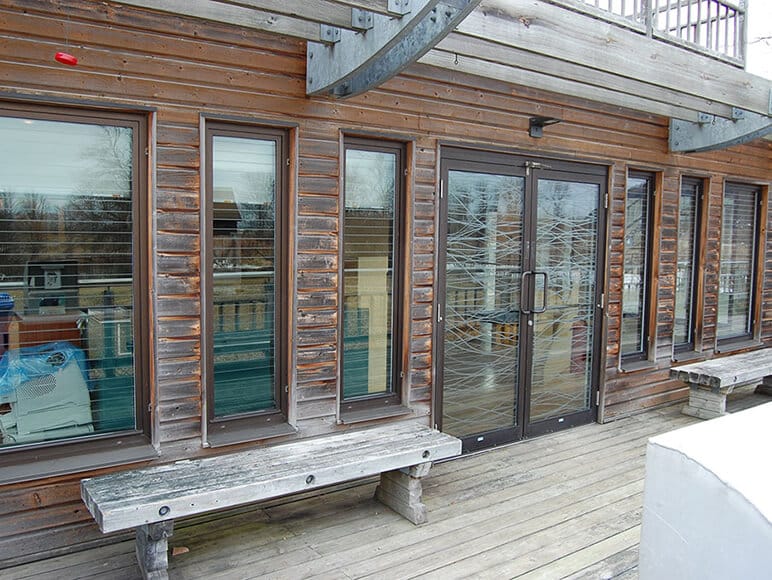The city of San José has recently adopted a bird friendly legislation.
The state of California now has four cities who have adopted bird friendly guidelines, whether they be voluntary or mandatory. “We are very excited that the city has taken action to reduce the risk of bird collision with glass windows and building facades. It shows that nature and birds are an important part of the city’s sustainable future and are valued by San José’s residents, leadership, and city staff,” said Dr. Shani Kleinhaus, Environmental Advocate for SCVAS1.
Bird safety, not only in the glass industry, but throughout the architectural community, seems to finally be getting some positive attention! More and more people are recognizing the importance and impact this is having. Over the last couple of years, many products have come up as bird safe or bird friendly, making it easier for architects, contactors and glaziers to choose the most appropriate option.
The following are only some of the cities and States which have published mandatory standards, (these guidelines are part of the city’s building code and must be followed):
- Toronto, ON – Bird-Friendly development guidelines (2007)
- State of California – Green Building Standards Code – Appendix C: Bird-friendly Building Design (2010)
- State of Minnesota – Sustainable Building 2030 (SB 2030) Energy Standards (2010)
- San Francisco, CA- Standards for Bird-safe Buildings (2011)
- Portland, OR – Resource Guide for Bird-friendly Building Design (2012)
- Vancouver, BC – Bird Strategy and Bird-Friendly Design Guidelines and Bird-Friendly Landscape Operational Guidelines (2015)
These are some of the cities that have put in place voluntary guidelines, which mean they are not part of the building code, and therefore not required, but recognize that it is of importance and consequently recommended. Later on, they may become mandatory:
- State of New York – Bird-Safe Building Guidelines
- Chicago, IL – Bird-Safe Building Design Guide for New Construction and Renovation (2008)
- Calgary, AB – Bird-Friendly Urban Design Guidelines (2011)
- Sunnyvale, CA – Bird Friendly Guidelines (2015)
Reflectivity and transparency are the biggest “hazards” to birds and therefore need to be limited. The Bird-Friendly Development Guidelines for the city of Toronto, state that “Appropriate window applications for the first 12 metres above ground are essential for a building to be considered bird-friendly.” And that “The denser the pattern in the design of the exterior, the more effective a building becomes in projecting itself as a solid object to birds”2. Since the city of Toronto has mandatory guidelines, all new buildings in and around the Toronto area need to follow the above mentioned guidelines.
Cook County, IL, has adopted a voluntary guideline, but encourages people to follow the standards or guidelines established for the cities of Toronto and New York, as well as the Bird-Safe Building Design Guide for New Construction and Renovation for the city of Chicago. The latter document states, “Avoid flat reflective openings larger than 2” x 4” ” and “Create visible details that birds will recognize”3. These guidelines can easily be met with the Walker Textures® AviProtek® bird friendly glass products.
In addition to legislations and guidelines, there is also the LEED Pilot Credit 55: Bird Collision Deterrence. The intent of this credit is to reduce bird injury and mortality from in-flight collisions with buildings. The objective is to achieve a maximum total building Bird Collision Threat Rating (BCTR) of 15 or less, based on the prescribed calculation. The credit provides a quantification of the threat level to birds on different glazing materials, based on ABC’s first generation test protocol. Furthermore, if all materials on the building façade have a BCTR of 15 or lower, the project is exempt from the calculation requirements.
Having the standards, guidelines and LEED Pilot credit in place shows that bird collisions have an impact on the way buildings are being designed and built.
For more information about bird friendly products, please visit our website or contact our architectural experts anytime.


